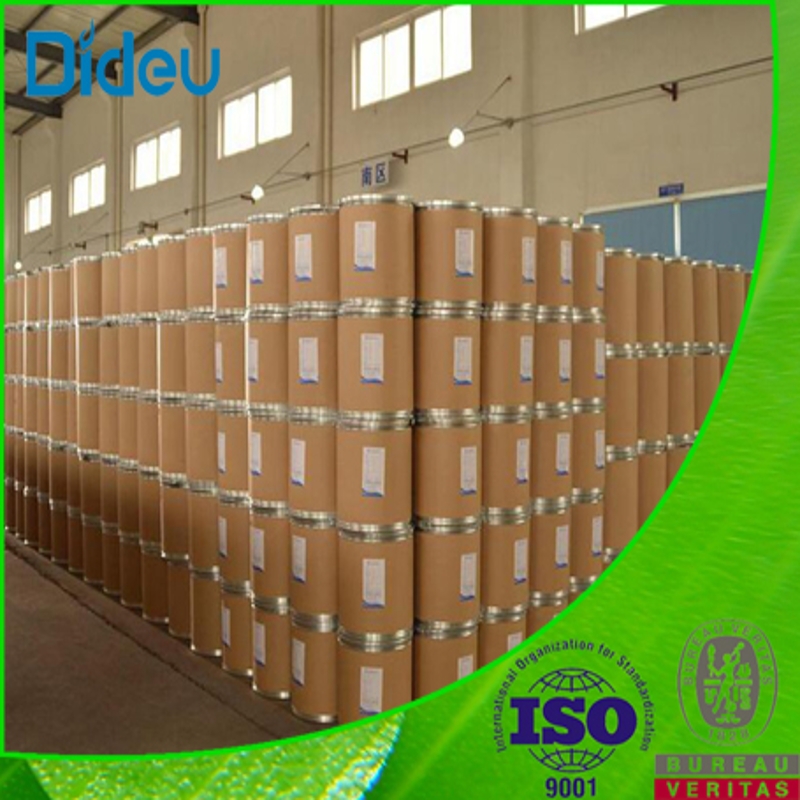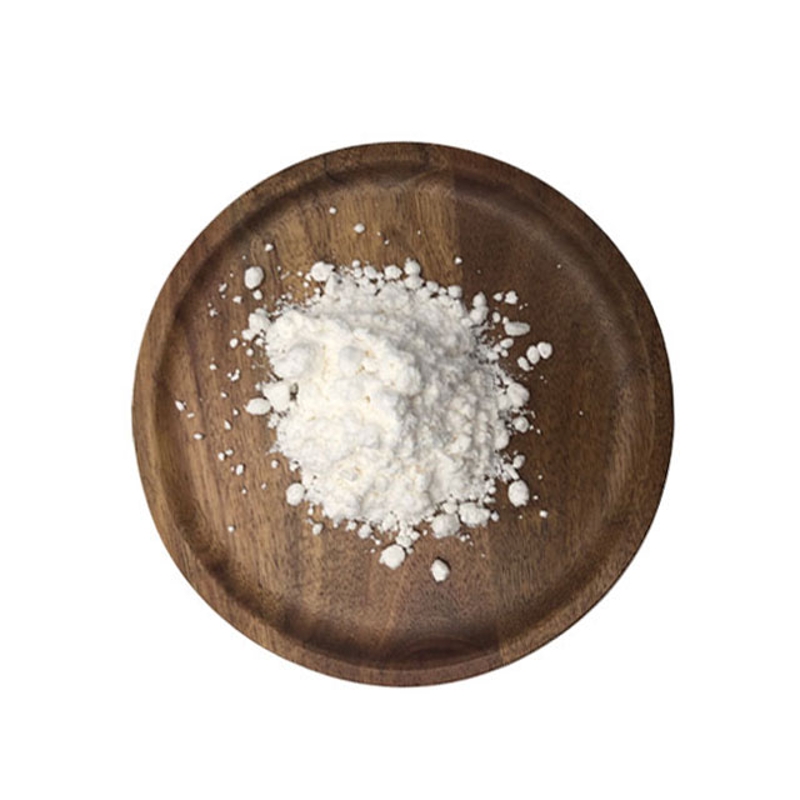-
Categories
-
Pharmaceutical Intermediates
-
Active Pharmaceutical Ingredients
-
Food Additives
- Industrial Coatings
- Agrochemicals
- Dyes and Pigments
- Surfactant
- Flavors and Fragrances
- Chemical Reagents
- Catalyst and Auxiliary
- Natural Products
- Inorganic Chemistry
-
Organic Chemistry
-
Biochemical Engineering
- Analytical Chemistry
-
Cosmetic Ingredient
- Water Treatment Chemical
-
Pharmaceutical Intermediates
Promotion
ECHEMI Mall
Wholesale
Weekly Price
Exhibition
News
-
Trade Service
This article is the original of Translational Medicine Network, please indicate the source for reprinting
Written by Sophia
Although targeted therapies for multiple cancer types have been successfully developed, radiation therapy remains the backbone of cancer treatment, with more than 50% of cancer patients receiving radiation therapy
during treatment.
However, radiotherapy does not lead to complete tumor resolution, and its role as a local treatment limits its use
in the treatment of metastatic disease.
Recently, it has been found that CD47 blockade can effectively enhance the local anti-tumor effect
of radiotherapy in SCLC preclinical models.
The related article "Radiotherapy in combination with CD47 blockade elicits a macrophage-mediated abscopal effect" was published in
Nature Cancer.
Studies have shown that systemic activation of anti-tumor macrophages after radiotherapy and CD47 blockade may be particularly important
for cancer patients with metastatic disease.
style="box-sizing: border-box;" _msthash="251139" _msttexthash="381004">Research background
01
In recent years, there has been increasing interest in combining radiotherapy with immunotherapy, with the most common strategy being to promote systemic activation of T cells
.
In this context, the release of tumor antigens by dead or dying irradiated cancer cells is thought to be a mechanism that can enhance antigen-specific T cell priming, thereby activating an adaptive immune response
against any remaining cancer cells.
This idea has led to the initiation
of many clinical trials.
However, radiation therapy can activate innate and adaptive immune responses, which can be pro-tumor growth or anti-tumor growth
.
Therefore, it is important to
continue to investigate combination therapies that include immune cell types other than T cells.
Small cell lung cancer (SCLC) accounts for 15% of all lung cancers and causes more than 200,000 deaths
worldwide each year.
For decades, patients with locally affected SCLC have been treated with first-line radiation therapy plus chemotherapy
.
Initially, these patients usually respond well, but then most relapse
rapidly.
More recently, immunotherapies focused on inhibiting PD-1/PD-L1 and subsequently activating T cells, combined with standard care, have improved overall survival in SCLC patients
.
However, overall results for this tumor type are still limited, and there is still a need to develop more effective treatments to enhance the activity
of T cells or other immune cells.
Research progress
02
The researchers evaluated whether irradiation of SCLC tumors could be combined with CD47 blockade to improve the anti-tumor response
.
First, the researchers transplanted mouse SCLC cell lines into the flanks of NSG mice, which lacked functional T cells, B cells, and natural killer (NK) cells, but retained functional monocytes and macrophages
.
In this case, the researchers found that 5 Gy irradiation inhibited tumor growth and 10 Gy nearly eradicated the tumor
.
Based on this observation, the researchers applied a single-component dose of 5Gy in subsequent experiments to be able to determine other antitumor effects
of the combination therapy.
As a monotherapy, CD47-blocking antibodies have little effect on tumor growth, possibly due to cross-reactivity with CD47 expressed on red blood cells and other cells in the body, with fewer
antibody molecules capable of binding to mouse SCLC cells.
In contrast, the combination of irradiation and CD47 blockade significantly inhibited tumor growth
.
Enhanced tumor suppression in combination therapy was associated with further increased macrophage infiltration of the tumor microenvironment compared with
treatment alone.
Similarly, as expected, CD47 knockout SCLC cells are more efficiently engulfed by primary macrophages in culture and form smaller tumors, which are further enhanced by radiation therapy
.
Irradiation binding to blocking antibodies against human CD47 also enhanced the antitumor effect of the two human SCLC xenograft models, with increased macrophage infiltration and no significant weight loss
.
Finally, the researchers found that pharmacological or hereditary CD47 inhibition in subcutaneous mouse tumors grown in immunocompetent mice still resulted in enhanced tumor suppression after irradiation, indicating that the observed antitumor effects were not adversely
affected by the presence of T cells, B cells, or NK cells.
Thus, CD47 inhibition enhances the antitumor effect
of local radiotherapy in SCLC mice and human preclinical models.
CD47 blockade enhances local tumor suppression after SCLC tumor irradiation
Research significance
03
This study demonstrates the potential for T cell-independent distant effects through a combination of radiotherapy and CD47 blockade, but there may be further interactions between innate and adaptive immune responses that require further clinical investigation
.
Activation of T cells and macrophages may further enhance the systemic antitumor effect
of radiotherapy in patients.
These findings, along with the number of clinical trials currently evaluating the efficacy of radiotherapy and immunotherapy (e.
g.
, anti-PD-1/PD-1), suggest that future studies should investigate whether this strategy can be used to generalize distant effects
clinically.
Additional work is also needed to assess the prevalence of this response in other cancer models and to determine the relative role
of the innate and acquired immune systems in these effects.
Resources:
style="white-space: normal;box-sizing: border-box;">Note: This article is intended to introduce the progress of medical research and cannot be used as a reference
for treatment options.
If you need health guidance, please go to a regular hospital
.
(Click above to view the detailed schedule)







